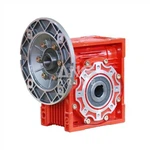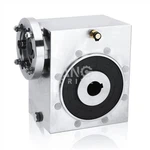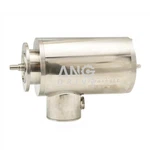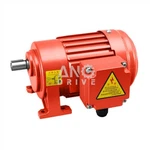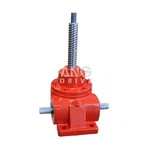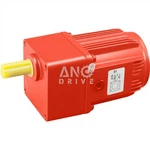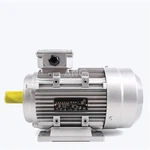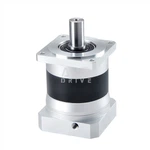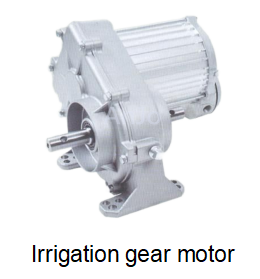Types Of Asynchronous Motor
Product Introduction
Asynchronous Motor is an important member of the AC motor family. Its working principle is based on electromagnetic induction. The rotating magnetic field generated by the stator windings induces current in the rotor, thereby generating electromagnetic torque to drive the rotor to rotate. Since the rotor speed is always lower than the synchronous speed of the stator rotating magnetic field, it is named "asynchronous". Asynchronous motors can be classified in various ways according to different standards. Common classification dimensions include the number of phases, structure, number of poles, and application. According to the number of phases, it can be divided into single - phase asynchronous motors and three - phase asynchronous motors; in terms of structure, there are brushed and brushless types; according to the number of poles, there are different types such as four - pole, six - pole, and eight - pole motors; and according to application, it can be divided into general - purpose, explosion - proof, waterproof, and other special - purpose motors. It is widely used in industrial production, such as large - scale mechanical equipment in factories; in the transportation field, like the drive of electric vehicles; and in various daily - life appliances, such as fans and washing machines, providing stable and reliable power support for these devices.

1.Simple and Robust Structure: Especially for squirrel - cage asynchronous motors, their rotor structure is similar to a squirrel cage, composed of cast - aluminum or copper bars. Without complex windings and brushes, this simple structure makes the motor durable, with strong impact - resistance and vibration - resistance capabilities. It can adapt to harsh working environments and reduce the probability of failures.
2.Economical Price: Due to its mature technology, complete production process, and low - cost raw materials, compared with some special - type motors, the manufacturing cost of asynchronous motors is significantly reduced. For enterprises and users with limited budgets, it is a cost - effective choice.
3.Easy Operation and Maintenance: Brushless asynchronous motors do not require regular replacement of brushes and maintenance of commutators. Daily maintenance only requires simple cleaning, inspection, and lubrication. The maintenance workload and cost are greatly reduced, reducing equipment downtime and improving production efficiency.
4.Diverse Speed - Regulation Methods: It can achieve speed regulation through various methods, such as changing the power frequency (frequency - conversion speed regulation), adjusting the number of pole - pairs (pole - changing speed regulation), or changing the slip ratio (such as adding resistance for speed regulation in wound - rotor asynchronous motors). It can meet the speed requirements of different working conditions, and the speed - regulation range can reach 10:1.
5.Strong Overload Capacity: It can withstand working conditions exceeding the rated load within a short period. When the equipment starts or encounters instant high resistance, the asynchronous motor can overcome difficulties with its own characteristics, ensure the normal operation of the equipment, and reduce the number of shutdowns caused by overload.

1.Wide Application Range: With its diverse characteristics, asynchronous motors cover almost all fields such as industry, commerce, and households. They can play an important role from large - scale industrial equipment to small - scale household appliances, meeting the power demands in different scenarios.
2.High Reliability: After long - term market application and technological improvement, the performance of asynchronous motors is stable and reliable. Under normal use and maintenance conditions, they can work continuously for a long time, reducing equipment failures and downtime, and providing strong support for the production and operation of enterprises.
3.Great Energy - Saving Potential: By adopting advanced frequency - conversion speed - regulation technology, asynchronous motors can adjust their speed and power in real - time according to the load changes, avoiding energy waste. Compared with traditional constant - speed - running motors, the energy - saving effect can reach 10% - 30%.
4.Easy Installation and Maintenance: With a reasonable structure design, it has flexible installation methods and can be installed according to the actual space and equipment requirements. At the same time, common components and simple maintenance procedures enable non - professional personnel to perform basic maintenance operations after simple training, reducing the difficulty and cost of maintenance.
5.Complete Technical Support: As a widely used type of motor, asynchronous motors have abundant technical materials and professional technical support teams. Whether it is equipment selection, installation and debugging, or fault repair, users can easily obtain professional help and guidance to ensure the normal operation of the equipment.



|
Power |
0.06 ~ 315kw |
|
Frame Size |
56 ~ 355 |
|
Phase |
Single or Three |
|
Efficiency Class |
IE1 ~ IE4 |
|
Poles |
2, 4, 6, 8 poles |
|
Protection Class |
IP44, IP54, IP55, IP56, IP65, IP67 |
|
Insulation Class |
B, F, H |
|
Mounting Type |
B14, B3, B5, B35, B34 |
|
Ambient Temperature |
-15 ~ +40 °C |
|
Altitude |
≤1000M |
|
Material |
Aluminum/Cast Iron |



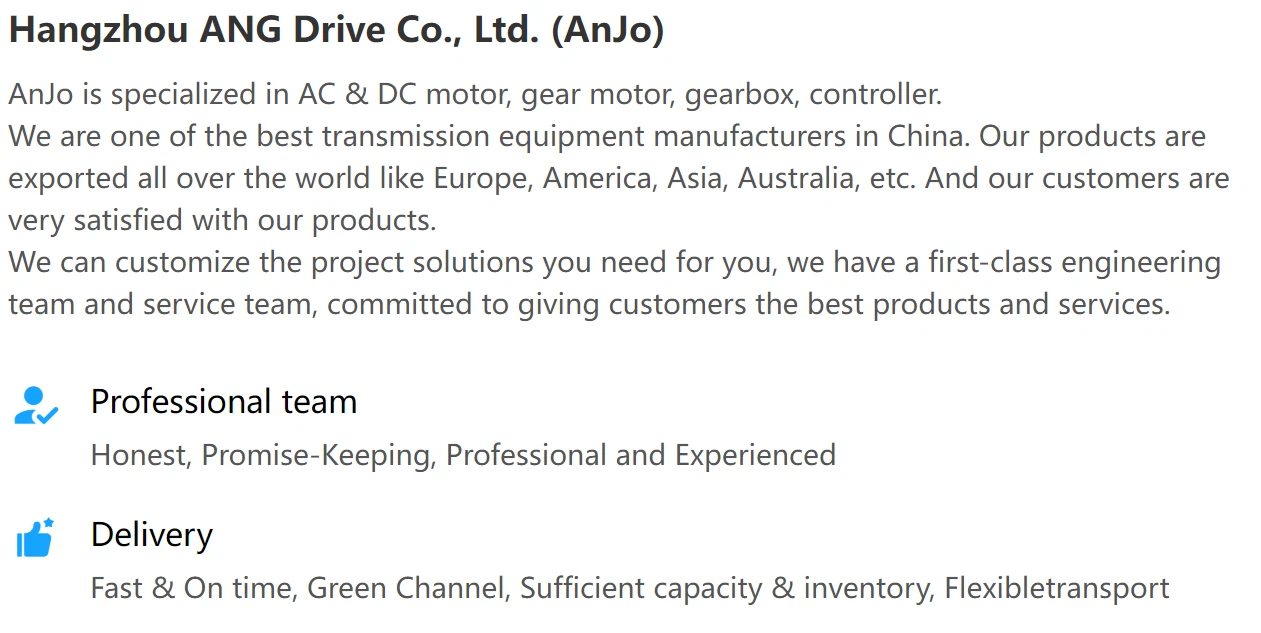
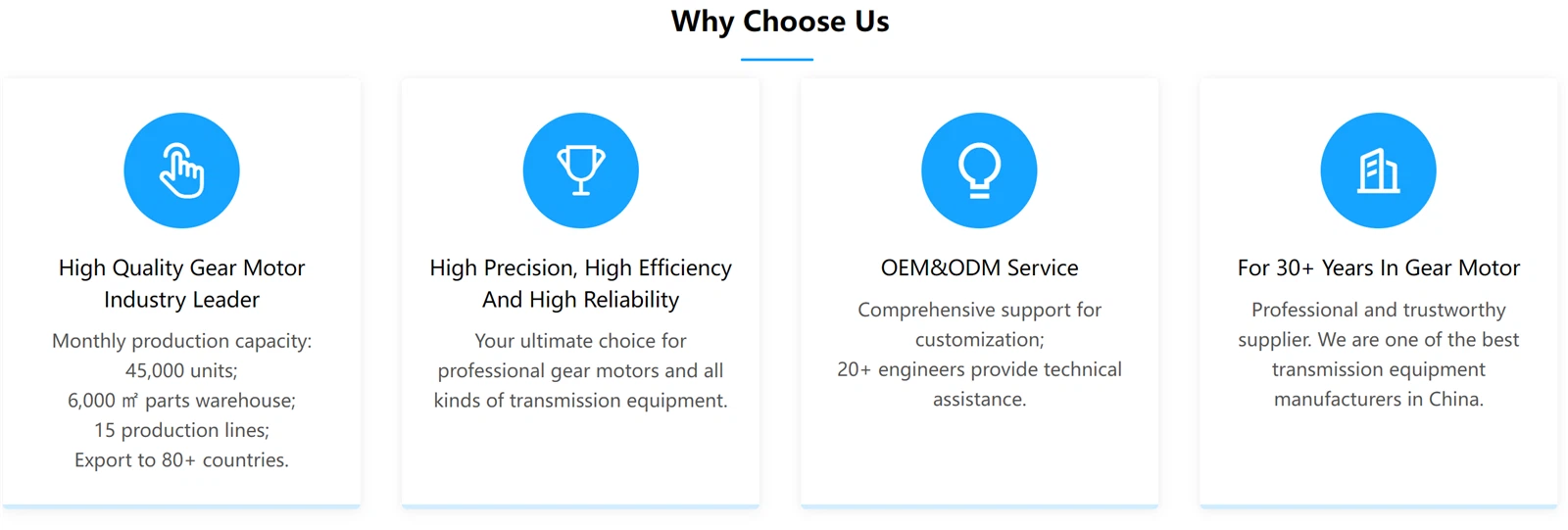









Hot Tags: types of asynchronous motor, China, suppliers, manufacturers, factory, wholesale, price
Previous
Brushless DC MachineNext
BLDC EngineYou Might Also Like
Send Inquiry


